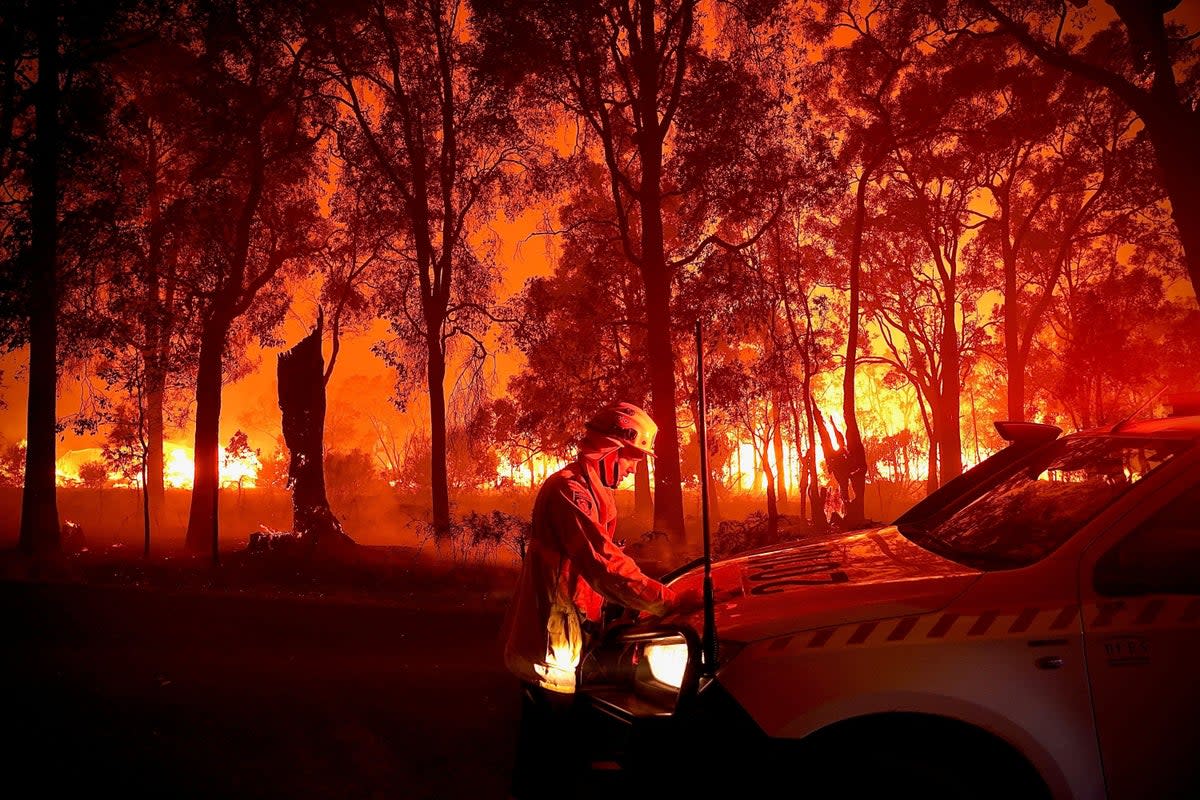Australia lost the most mammal species in the world, ‘shocking’ report reveals

Australia has lost more mammal species than any other continent in the world, and more are headed towards extinction in the coming years due to a combined effect of habitat loss, invasive species, pollution, mining and climate change, the “shocking” state of the environment report has warned.
The Australian government’s long-awaited 2021 State of the Environment Report, a five-yearly environmental report card, was released on Tuesday after a year-long wait, and it paints a grim picture of the country’s unique biodiversity, which has been destroyed at an unprecedented rate over the last few years.
More than 100 Australian species, including eight species of wallabies alone, have been declared extinct or extinct in the wild. While 202 animal and plant species have been declared “threatened”.
Australia, which has some of the world’s richest biodiversity zones, has one of the worst rates of species decline among the world’s richest countries.
Animals such as the blue-tailed skink are extinct in the wild with only a few known to exist in captivity, while the central rock-rat and Christmas Island flying fox are among mammals considered most at risk of extinction in the next 20 years, largely due to introduced predator species.
Also read: Spix’s macaw: Rare parrot species thought to be extinct makes surprising comeback
The sandalwood tree is also in decline. The country has lost 6.1 million hectares of primary forest since 1990.
The number of species added to the list of threatened species or in a higher category of threat stands at 1,918, growing eight per cent from 2016 when it was 1,774, according to the report.
Australia’s average land temperatures have increased by 1.4C since the early 20th century while coasts are under threat from extreme weather events and land-based invasive species, leaving coral reefs in “poor condition”.
“The State of the Environment Report is a shocking document - it tells a story of crisis and decline in Australia’s environment, and a decade of government inaction and willful ignorance,” environment minister Tanya Plibersek said in a statement.
The report was supposed to be released in 2021 but was delayed by the Scott Morrison government. Ms Plibersek said her administration, in contrast, would make the environment a priority.
“I won’t be putting my head in the sand,” she said.
Most of these species have gone extinct or face extinction due to a combined impact of rapid habitat loss for mining and other human activities, an increased number of invasive species and climate change-related extreme weather events.
Also read: New Zealand to eradicate possums, rats, feral cats and hedgehogs over next four years
The five urban areas with the most significant forest and woodland habitat loss were Brisbane, Gold Coast to Tweed Heads, Townsville, Sunshine Coast and Sydney. Between 2000 and 2017, at least 20,212 hectares were destroyed in these five areas combined, with 12,923 hectares destroyed in Queensland alone.
The report says extreme weather events such as floods, storms heatwaves and wildfires – which have become more frequent and intense due to the climate crisis – have eroded large populations of species already struggling due to habitat loss and invasive species.
It says these events have led to millions of animals dying, their habitats burnt and enormous areas of reef bleached and more species will be lost or become endangered in the coming years.
The “Black Summer” bushfires of 2019 to 2020 killed or displaced an estimated one billion to three billion animals and razed 9 per cent of koala habitat.
While these events were largely covered for the immediate destruction they wrought, the report warns the long-term impact of these events is yet to be assessed.
The estimated spending required to revive threatened species, according to the report, is around A$1.69bn (£969m) a year, the report said. The labour minister said the previous government’s targeted spending for threatened species was just A$49.6m.
The report quoted the World Economic Forum in finding that environmental degradation was now considered a threat to humanity that could “bring about societal collapses with long‑lasting and severe consequences”.

